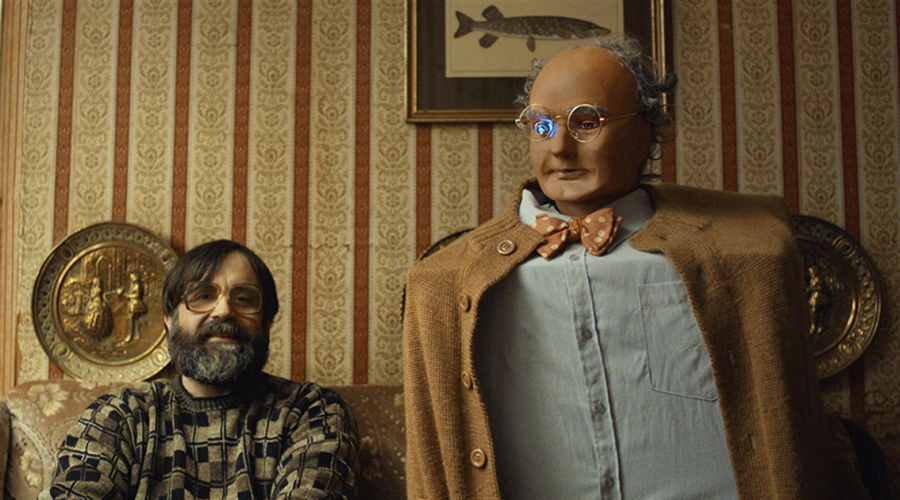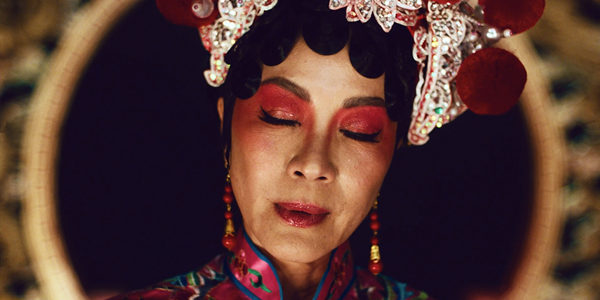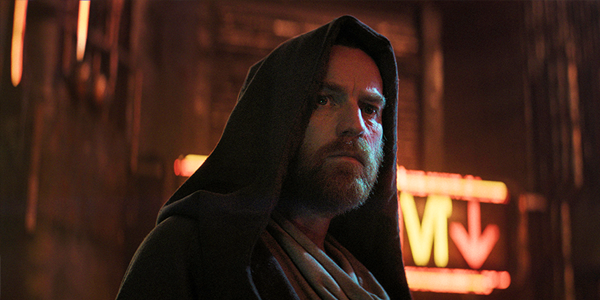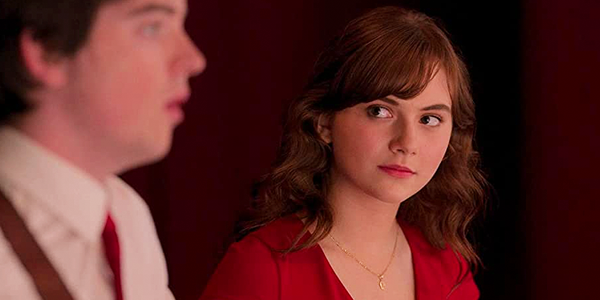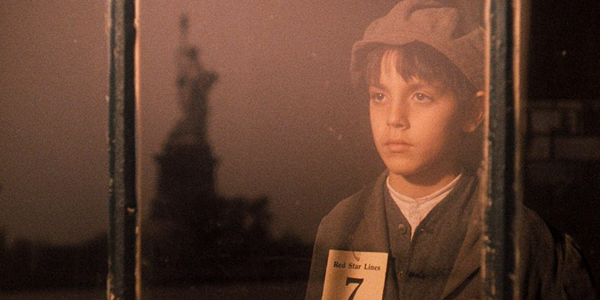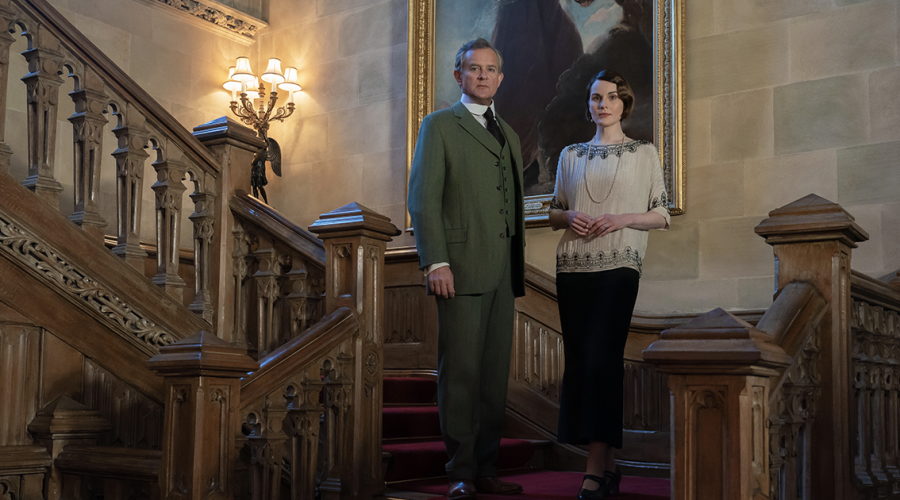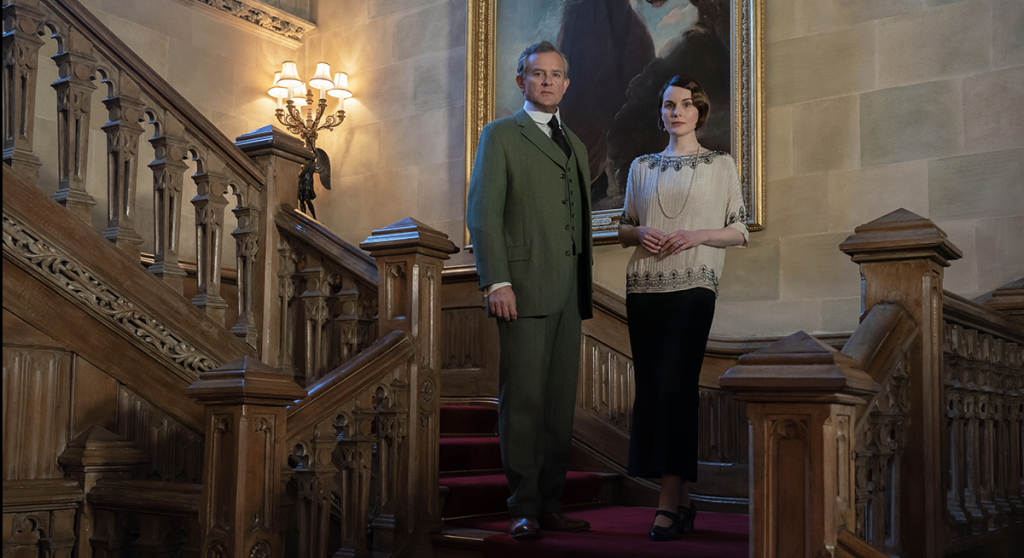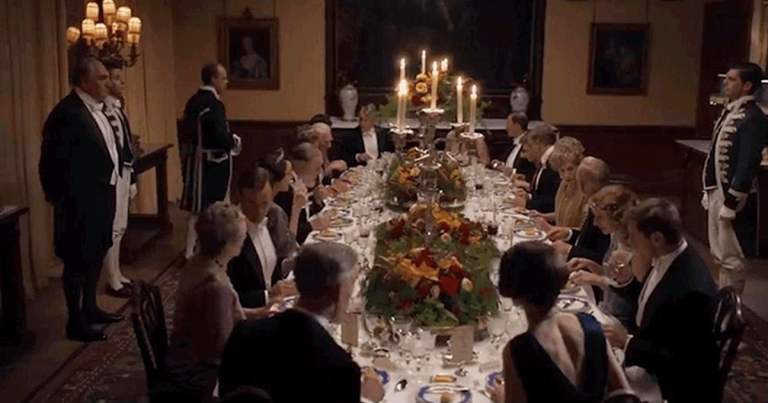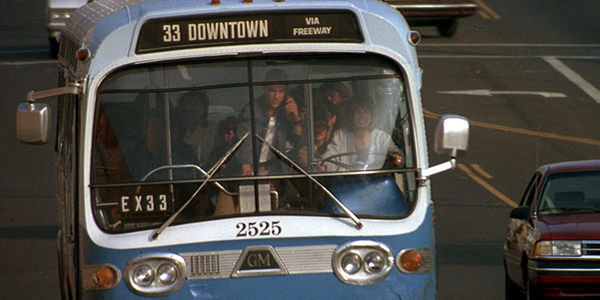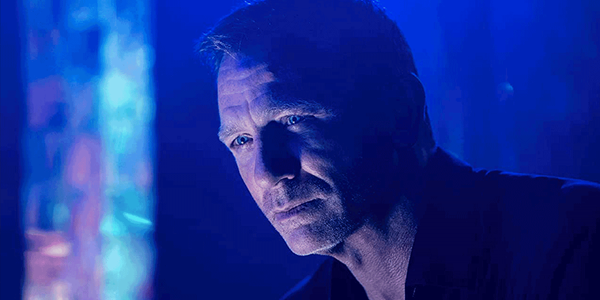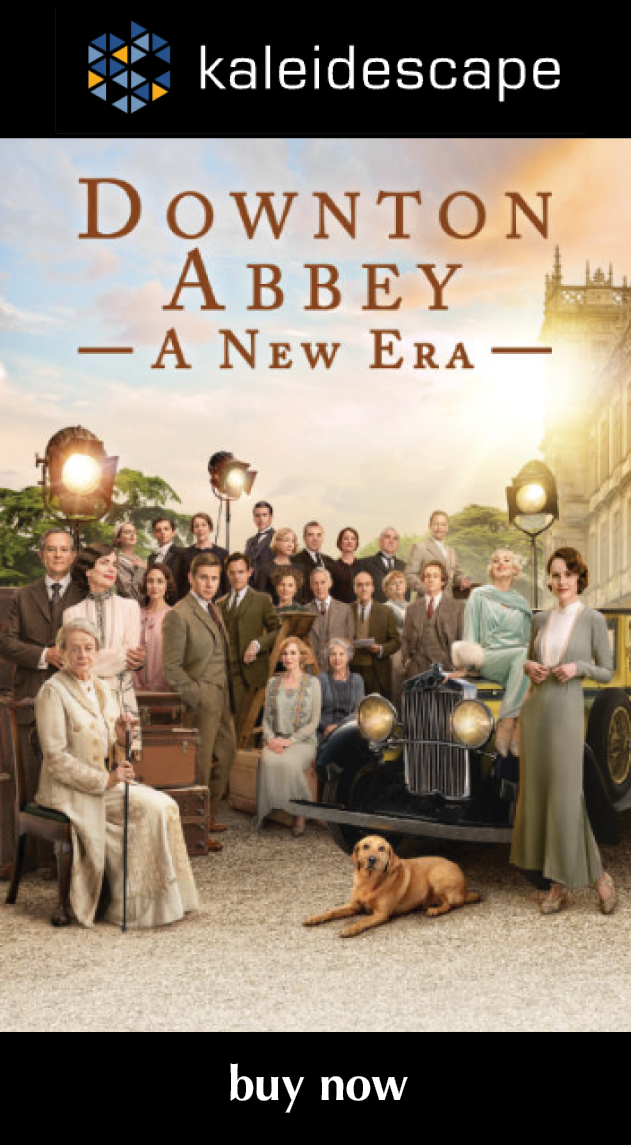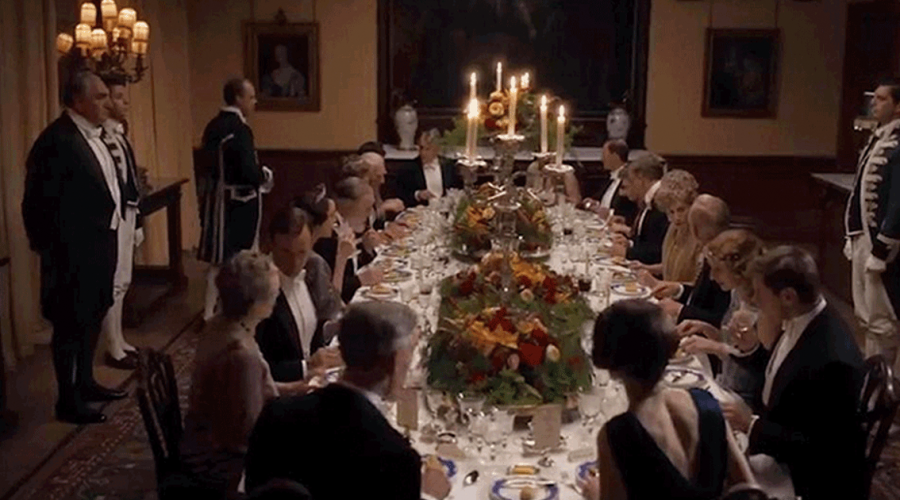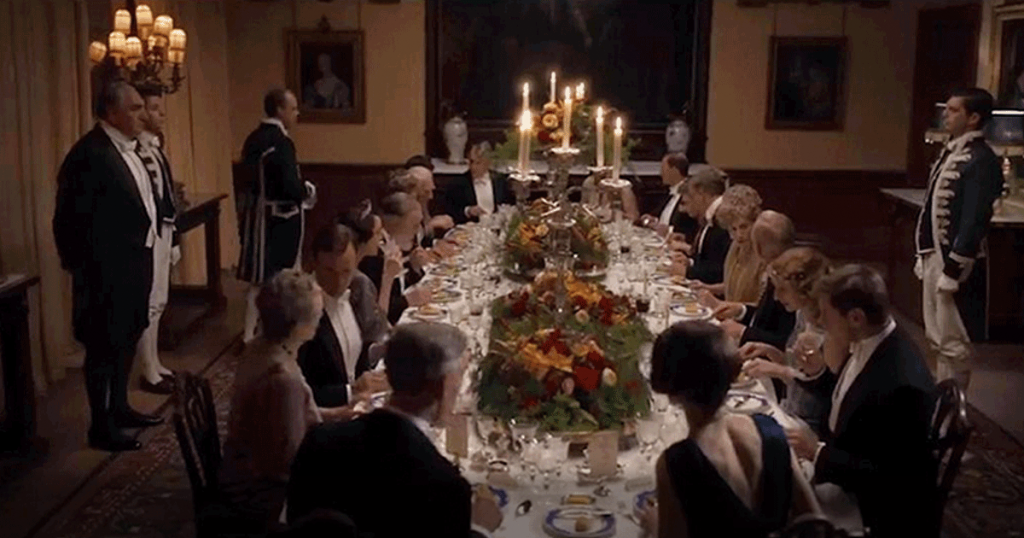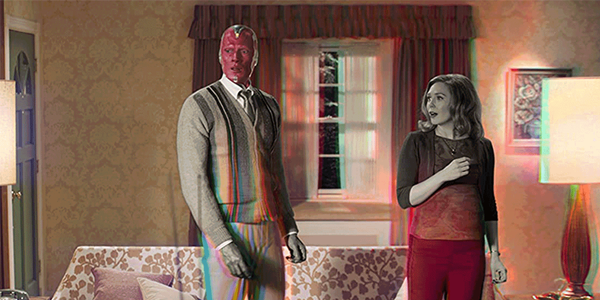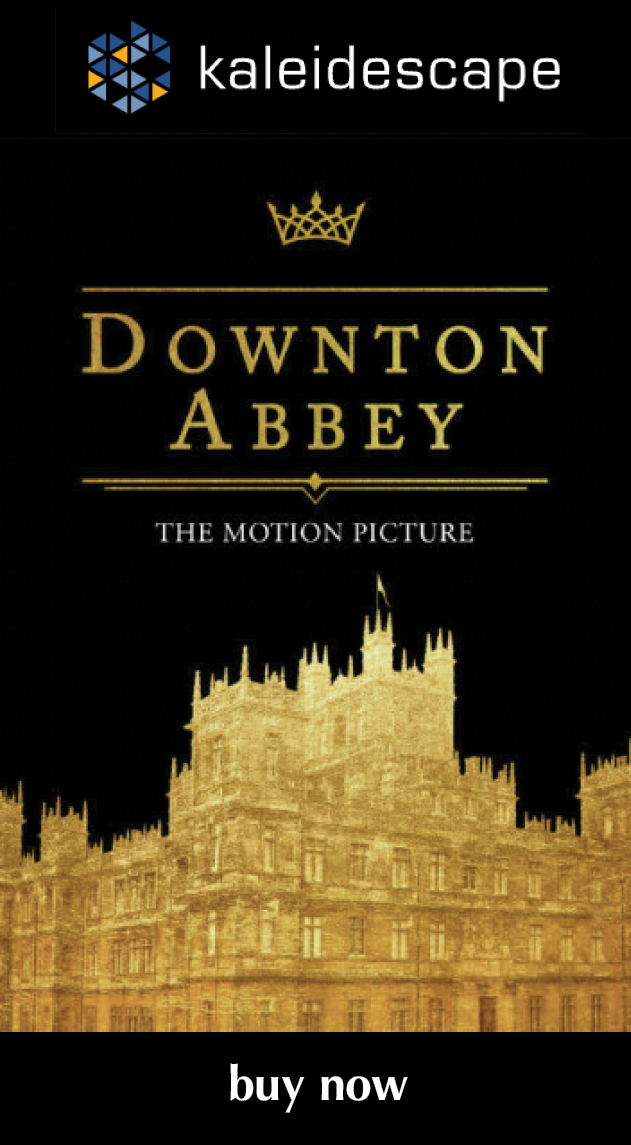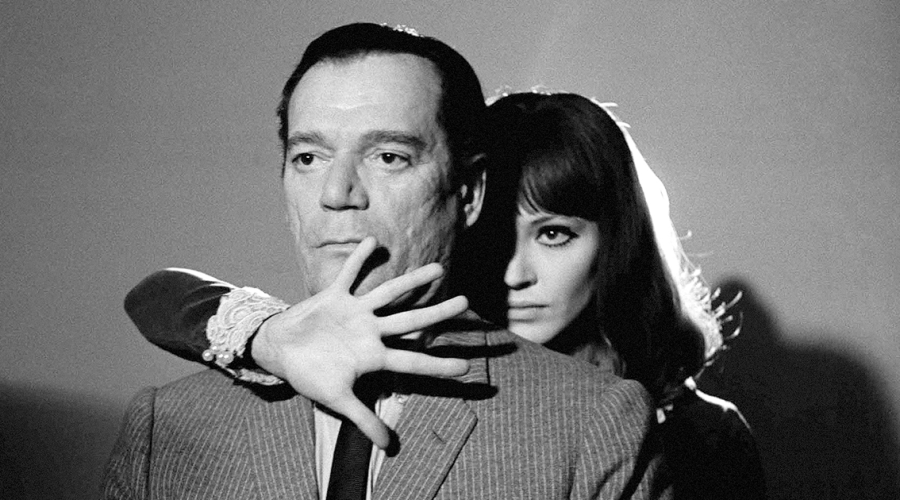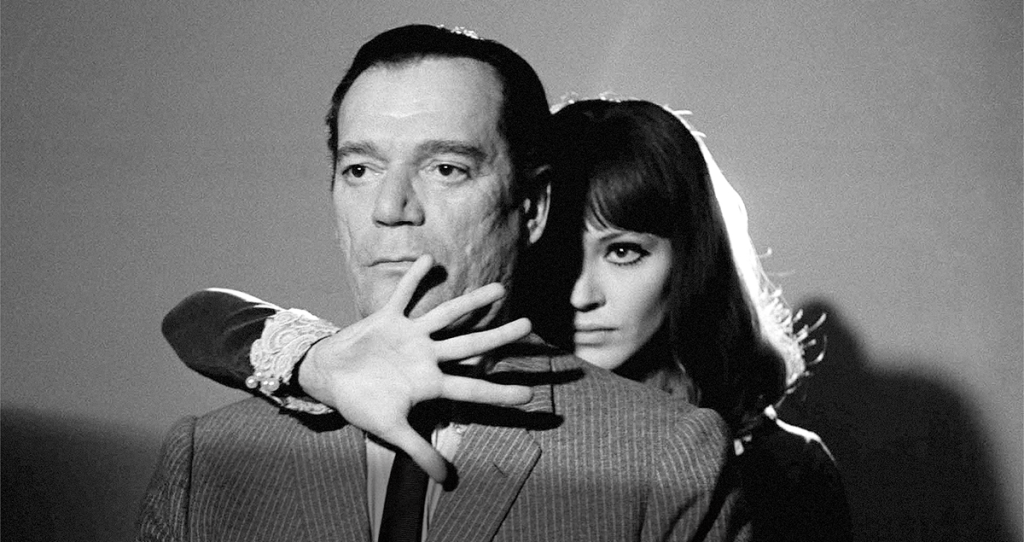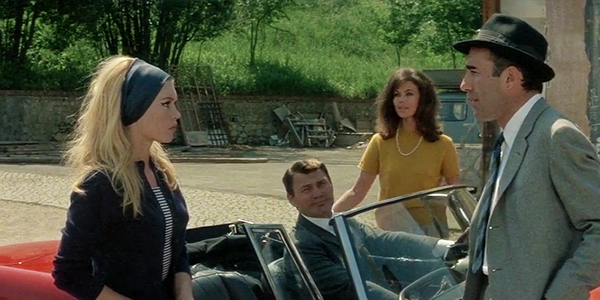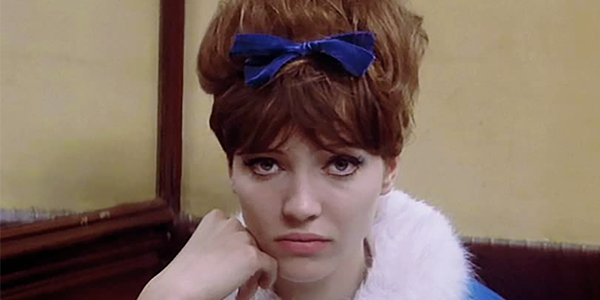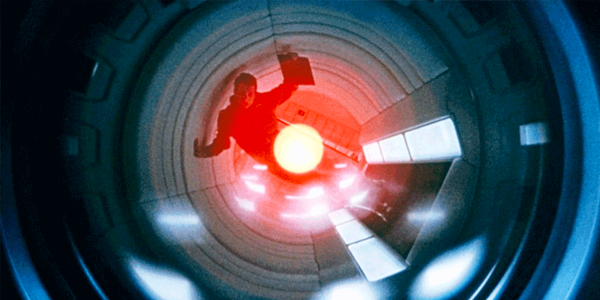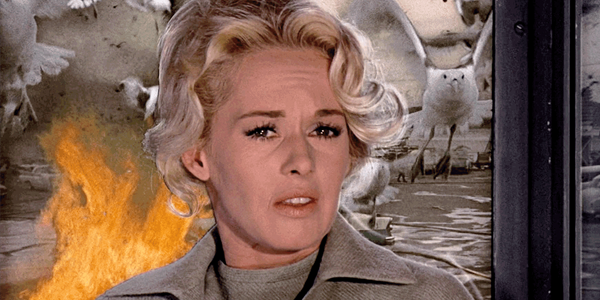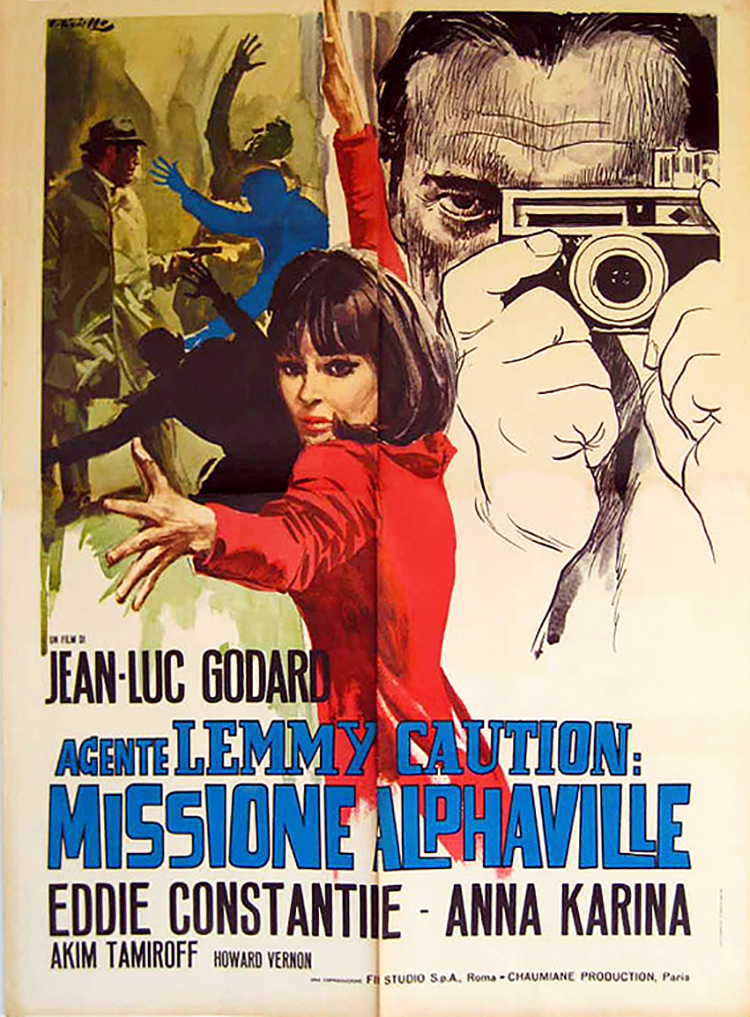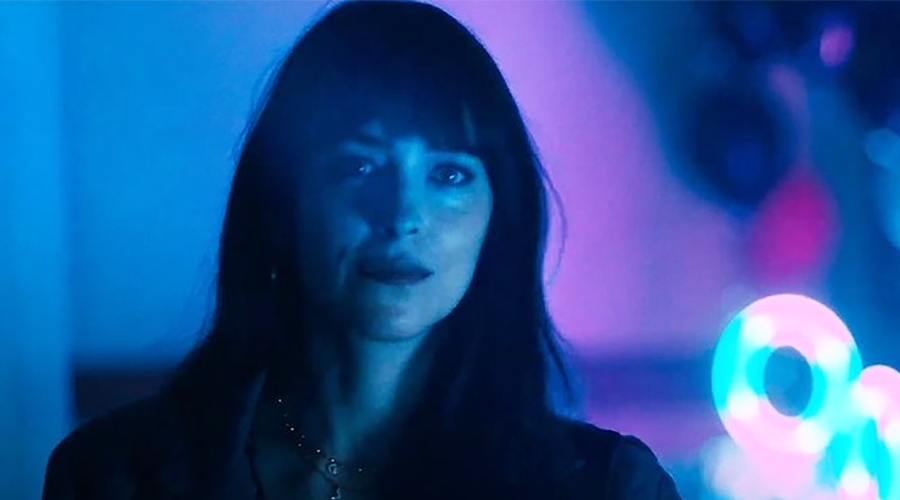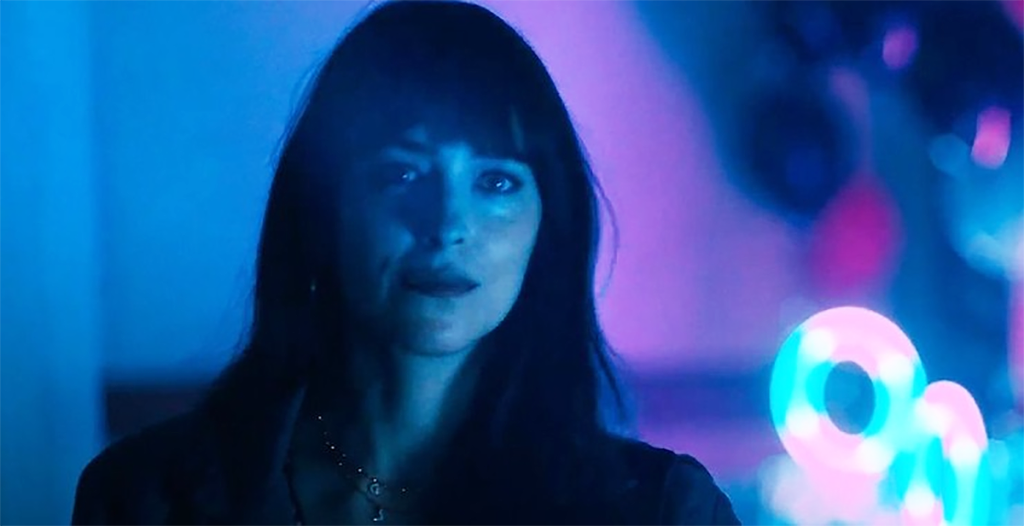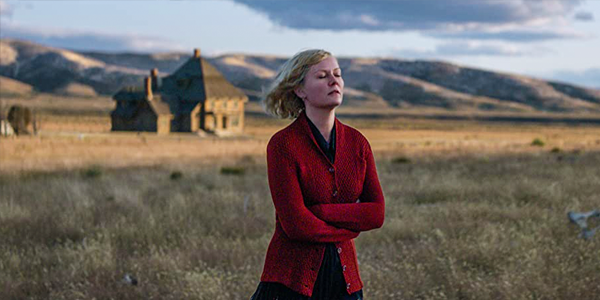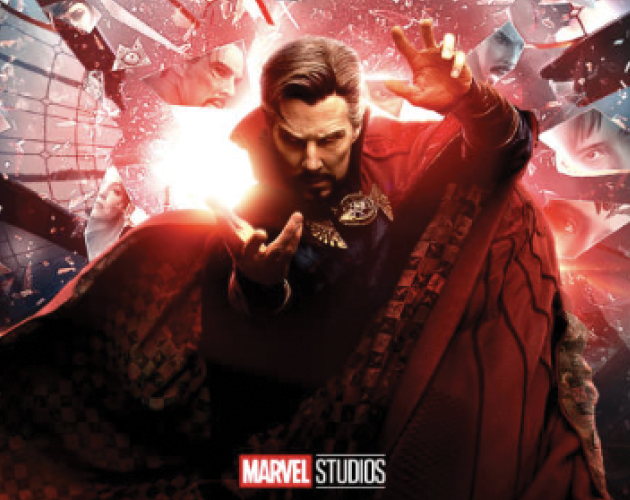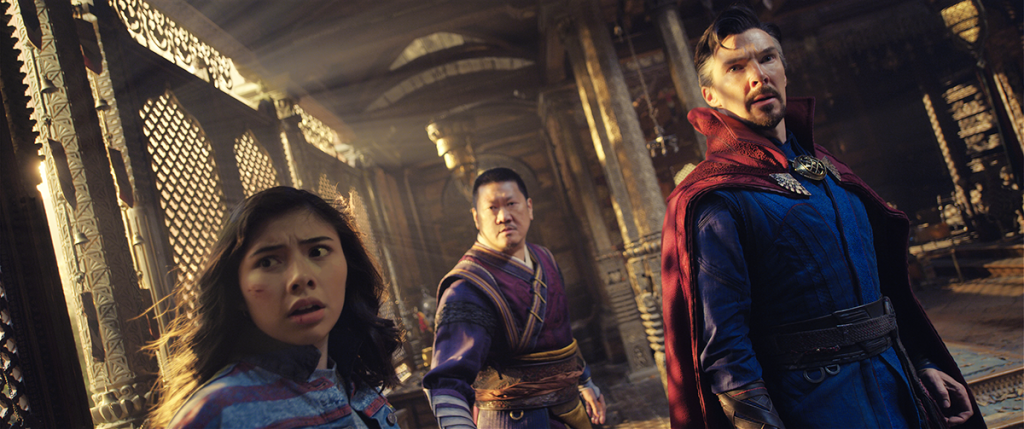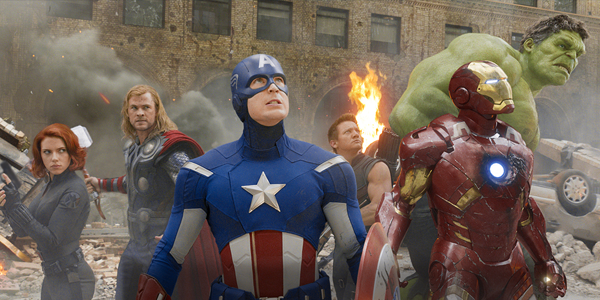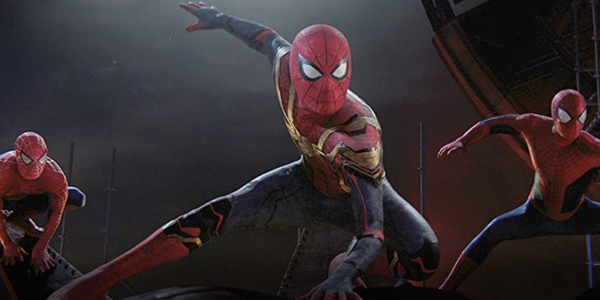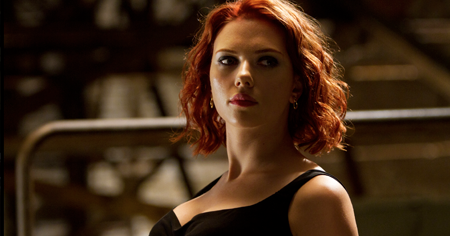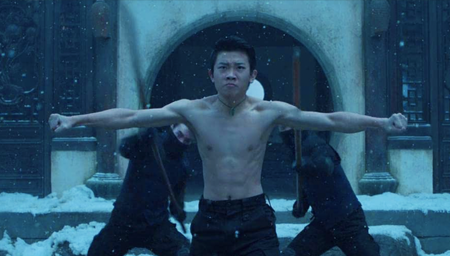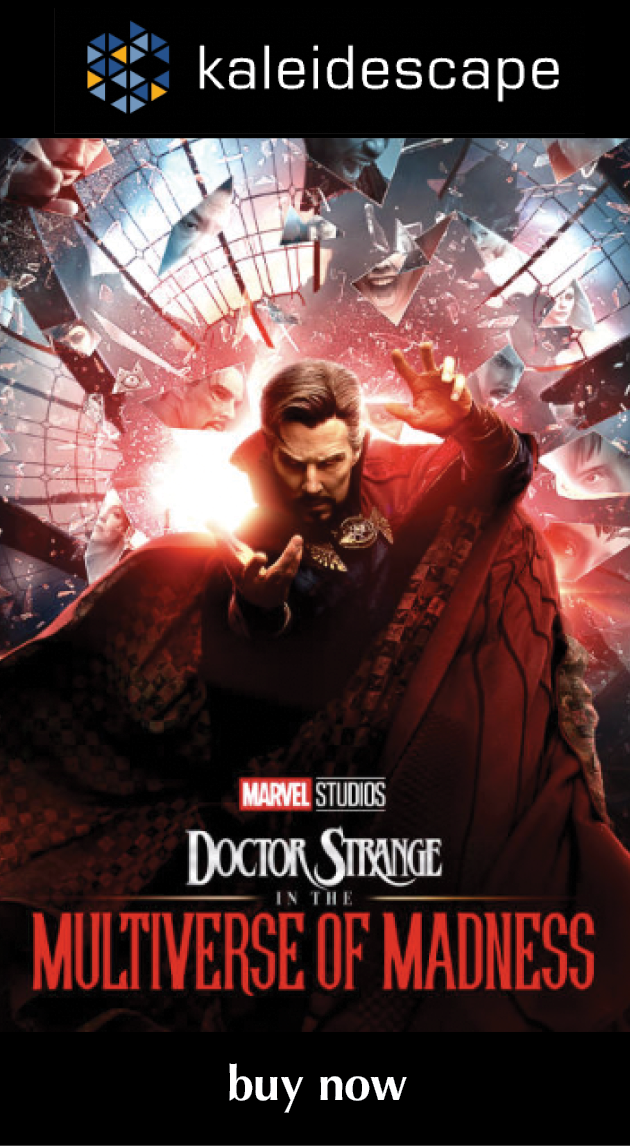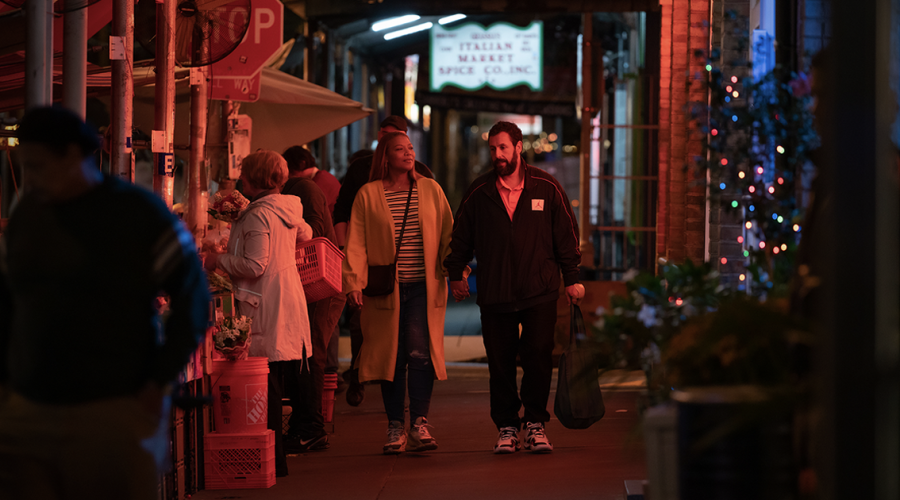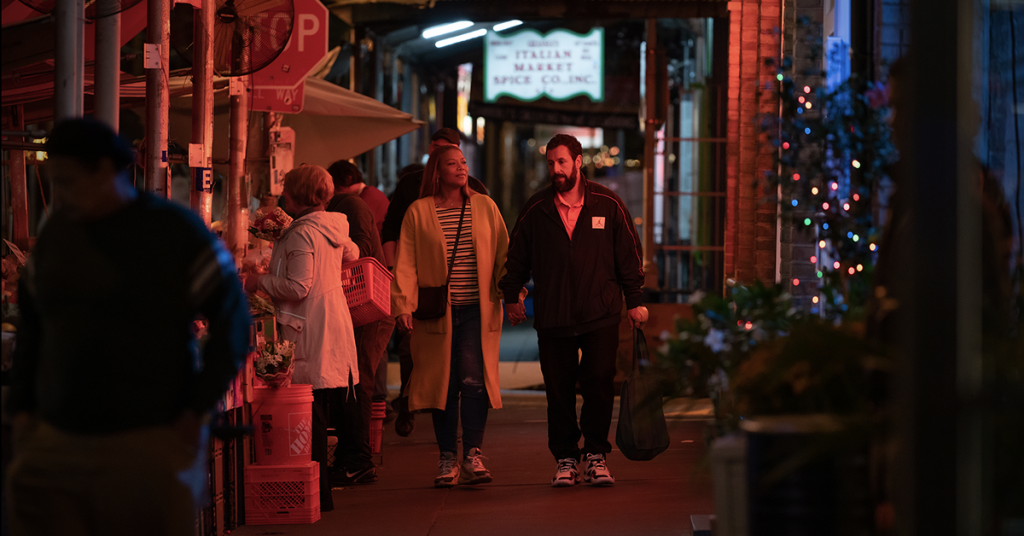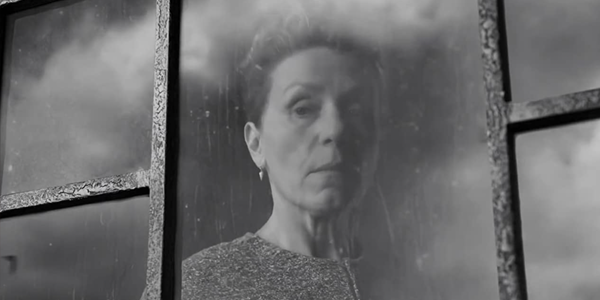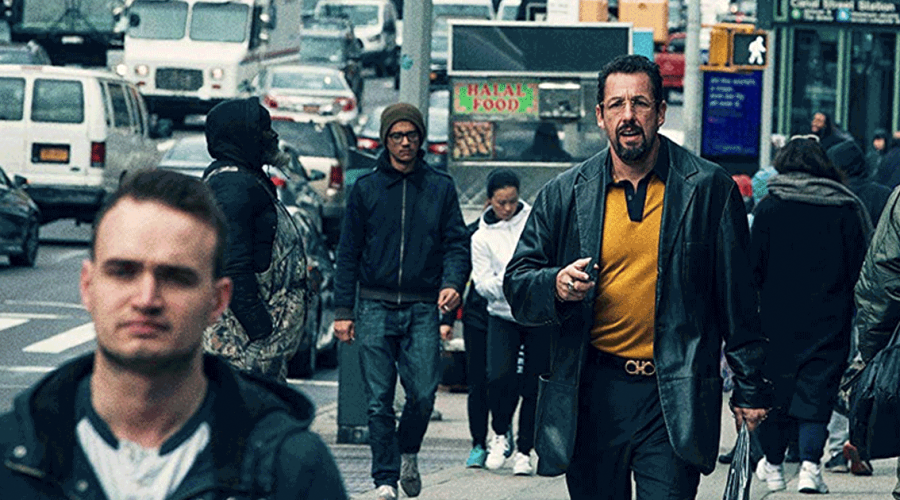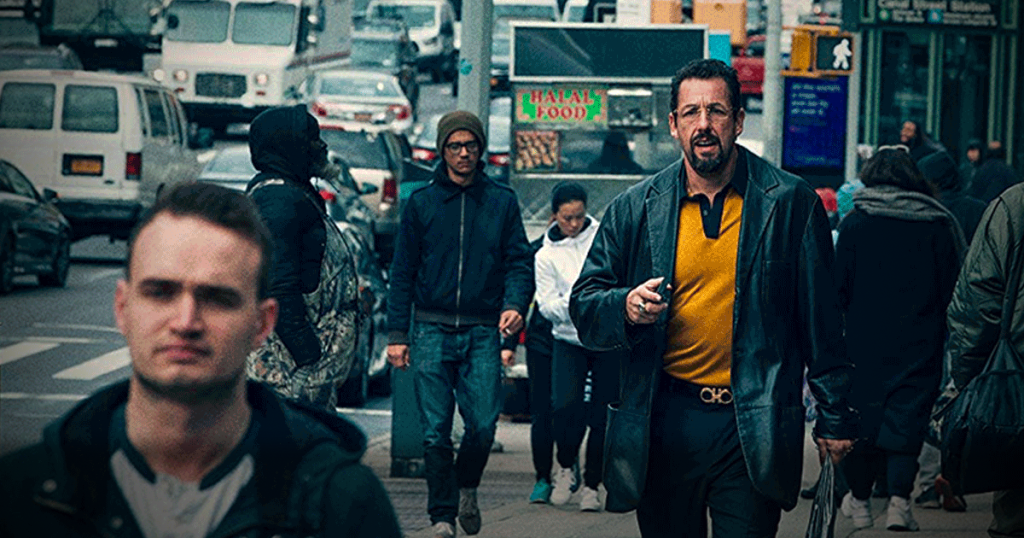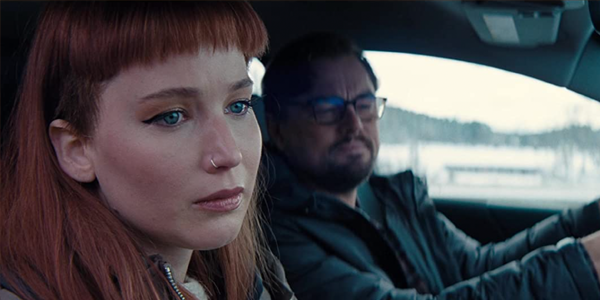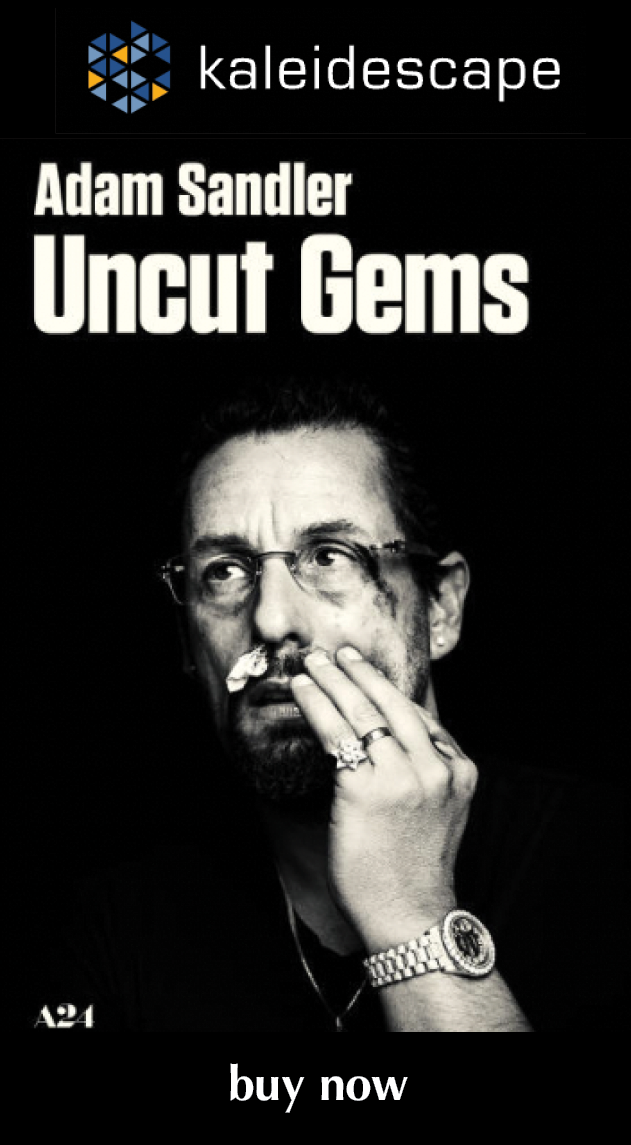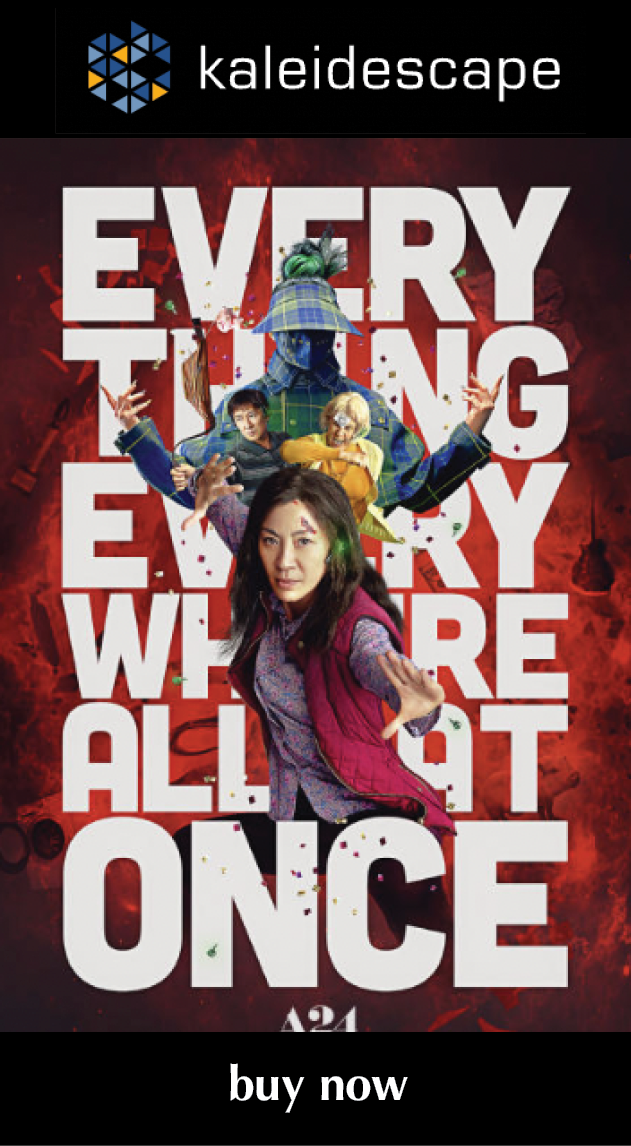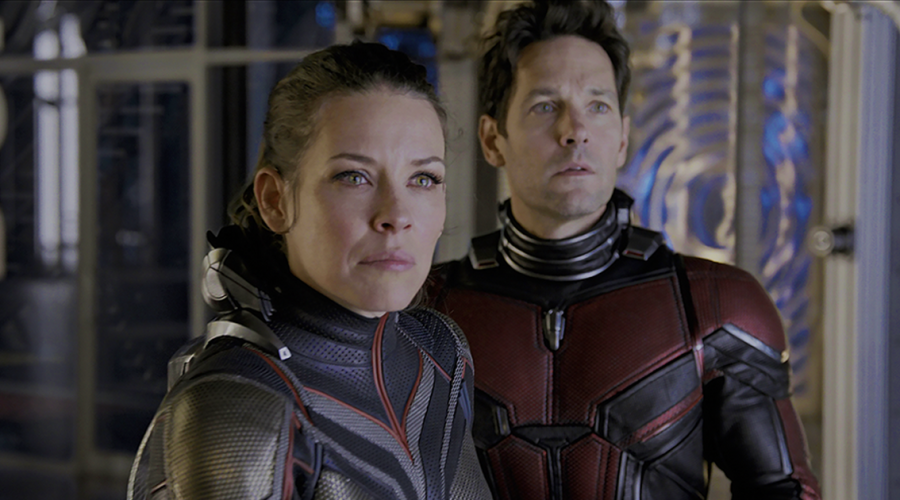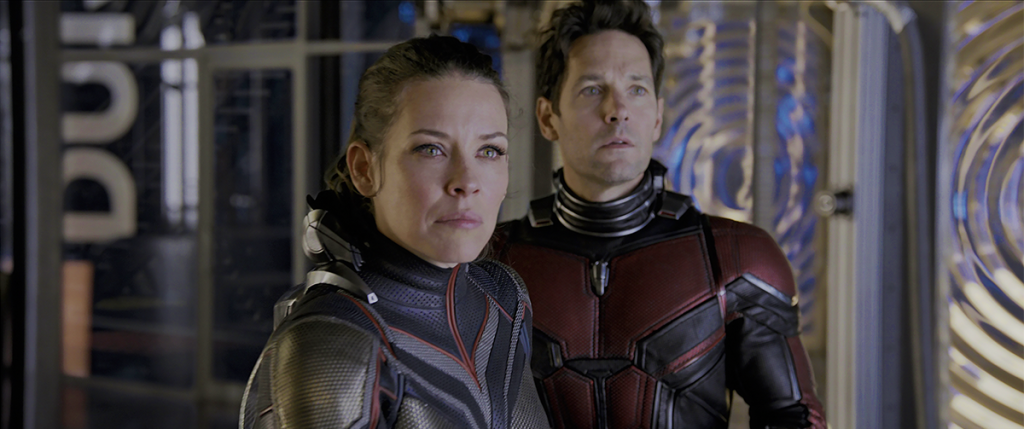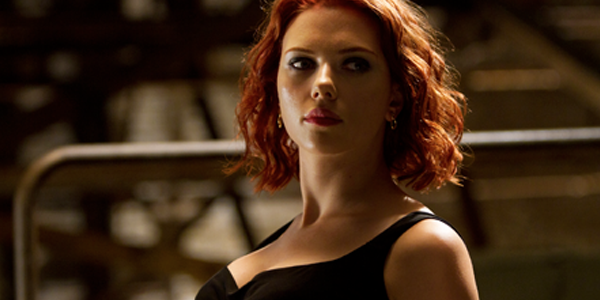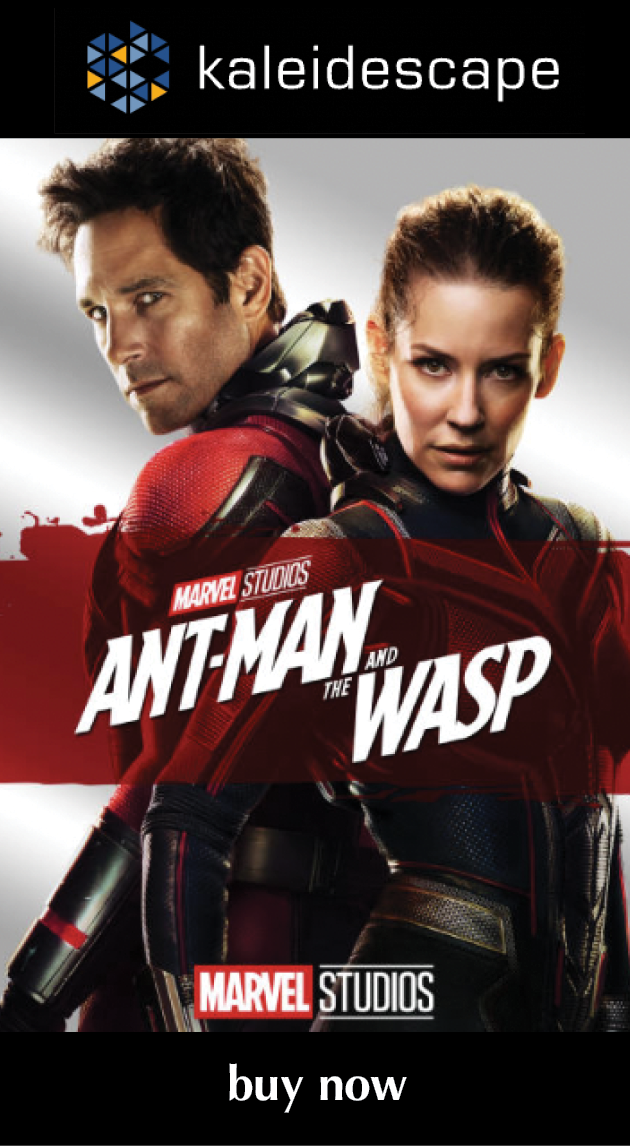Review: Brian and Charles
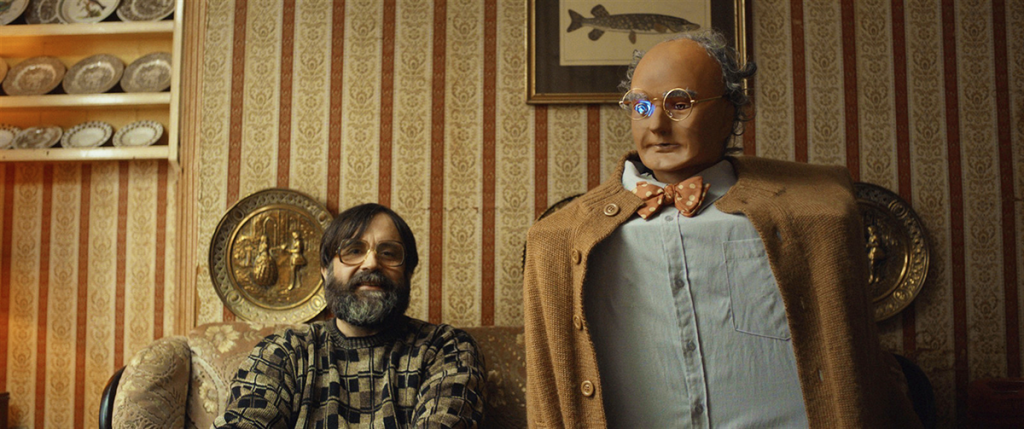
review | Brian and Charles
Quirky, sweet, and utterly devoid of cynicism, this British film about a man and his robot definitely goes against the current comedic grain
by Dennis Burger
July 12, 2022
Brian and Charles—a new feature-length adaptation of the 2017 short film by the same name—is a delightfully quirky little parable that’s refreshing in its lack of concern for being everything to everyone. It obviously wasn’t focus-tested to see how it would play in, say, China—or the US, for that matter.
It leans heavily on jokes whose impact require you to know the difference between a Victoria sponge and a blancmange, and it’s mostly about a lonely Welshman who builds a cabbage-obsessed A.I. companion out of a washing machine and a mannequin head he pulled out of the trash. If you’re in for that sort of thing, the film is now available on select digital platforms as a theater-at-home release, in addition to currently making the rounds in the art-house circuit in the Colonies and playing in mainstream cinemas in the UK.
This is one of those rare films you can gauge your ultimate reaction to with a quick look at the trailer. If the teaser does it for you, you’ll dig the film despite its faults. If it rubs you the wrong way, there’s nothing in the film’s 91-minute runtime that’ll change your mind.
I fall into the former camp, but I do somewhat take issue with the fact that the filmmakers seemed to have gotten bored with the mockumentary conceit about 20 minutes in. Somewhere around that point, the folks behind the camera stop talking back, the fourth wall is all troweled up, and that whole silly trope is abandoned until the very last scene.
Otherwise, Brian and Charles is sweet and wholesome and a wholly pleasant diversion that expands on the themes of the original short film in some interesting ways. It definitely maintains the vibe of the original, though, which exists on a spectrum spanning from Nick Park at one extreme to Neill Blomkamp at the other, although it hews far closer to the former than the latter. (If you must quantify it, on a ruler with Park at 0 and Blomkamp at 12, Brian and Charles would be, like, a 2.)
If you’re going to rent or buy the film while it’s still in cinemas, by the way, do be careful about the platform you opt for. On iTunes, Amazon, and a few other services, Brian and Charles is only available in HD. Vudu and Kaleidescape seem to have the exclusive rights to presenting it in UHD HDR, at least for the moment.
I bought it on Vudu, and although I can’t claim that the extra resolution of UHD adds much to the experience—the film was shot in 2.8K, after all—the HDR10 grade does occasionally add something meaningful. Not consistently, mind you—it’s a rather gray film, dominated by gray skies and gorgeous gray Welsh landscapes, and even the occasional splash of color in the environment seems to be fighting a losing battle. But four or five times, the enhanced dynamic range of HDR10 is employed to, for example, enhance the effect of a rare sunny day, or add some sparkle to a fireworks display, or make you feel the intensity of a bonfire.
In short, HDR is used the way a seasoned writer uses exclamation marks—almost never, always intentionally, and with the understanding that overuse will diminish the effect. But it does add something to the experience, so opt for it if you can.
The 5.1 mix (presented on Vudu in Dolby Digital Plus, although Kaleidescape has it in DTS-HD Master Audio) is exactly what the soundtrack for a film like this should be. Dialogue is the focus—so much so that you’d almost expect to be surprised by anything other than music leaking into the front left and right speakers, much less the surrounds. There isn’t much going on in those speakers, but when the mix does expand out from the center, it does so gracefully and effectively, and there isn’t much more to say about it than that. Dialogue intelligibility is aces, which can’t be taken for granted given the film’s apparent low budget and the thick rural accents employed throughout.
In the end, Brian and Charles is a weird and awkward and often uncomfortable comedy, and perhaps its most salient (and controversial) characteristic is its utter lack of cynicism. Most people will find that fact alone off-putting. But if you’re up for it, and you don’t mind its structural quirks, it’s such a sweet little romp. And I think we could all use a bit more of that right now.
Dennis Burger is an avid Star Wars scholar, Tolkien fanatic, and Corvette enthusiast who somehow also manages to find time for technological passions including high-end audio, home automation, and video gaming. He lives in the armpit of Alabama with his wife Bethany and their four-legged child Bruno, a 75-pound American Staffordshire Terrier who thinks he’s a Pomeranian.
PICTURE | The extra resolution of UHD doesn’t add much to the experience of the film but the HDR10 grade does occasionally add something meaningful
SOUND | This is a dialogue-driven center channel-heavy mix but when it does expand out from the center, it does so gracefully and effectively
© 2025 Cineluxe LLC
